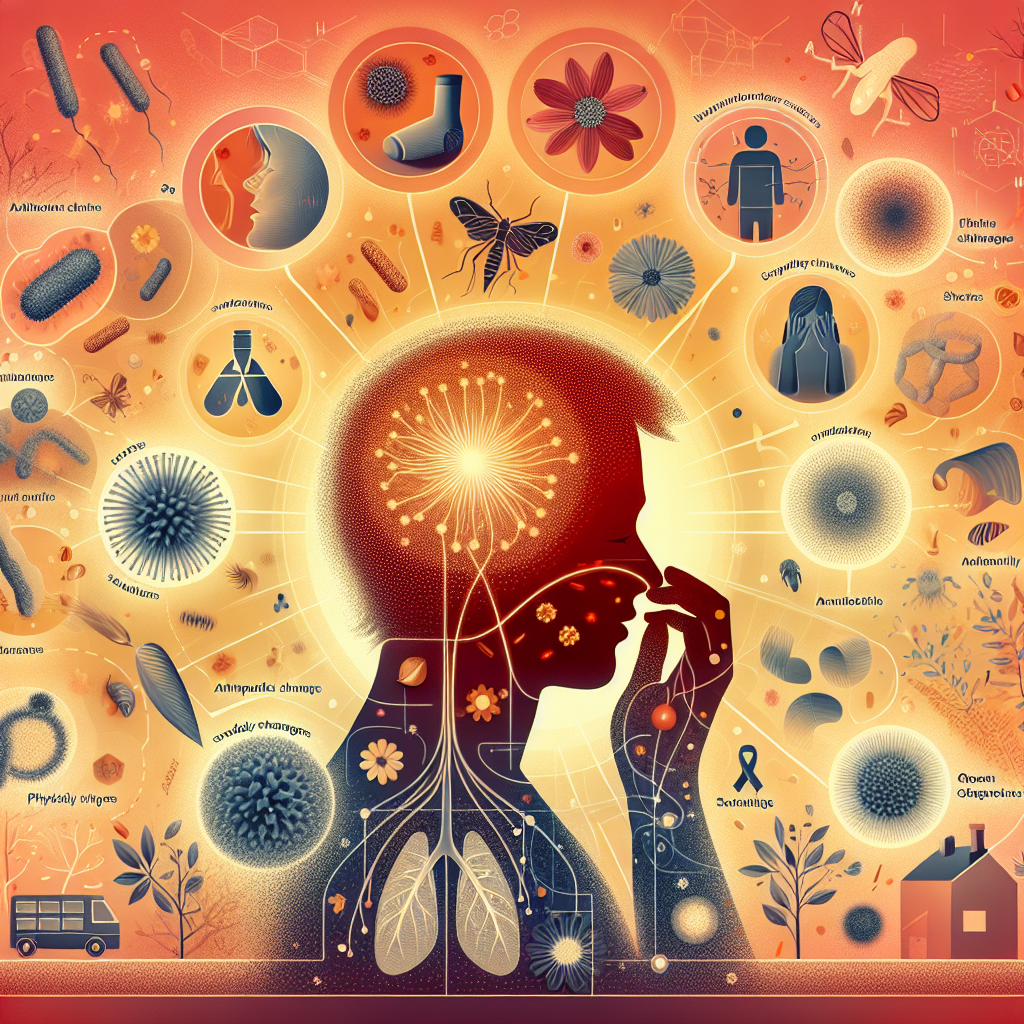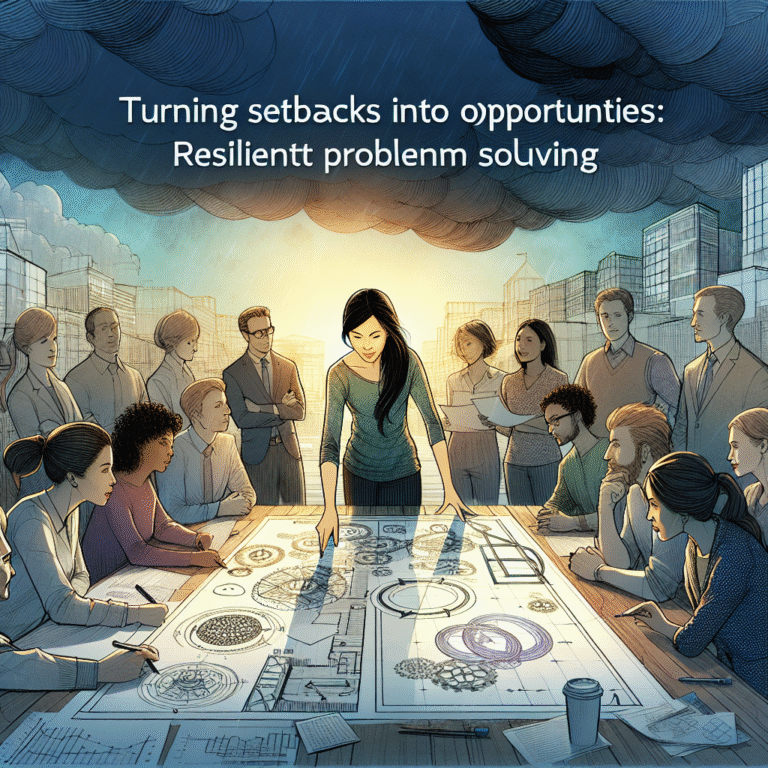
Introduction
Imagine a world where your home, your workplace, and even your favorite restaurants could potentially trigger an allergic reaction. For many, this is a daily reality shaped by sensitization—the process by which the immune system becomes increasingly responsive to allergens over time. In this deep dive into "The Impact of Sensitization: Connecting Allergies to Everyday Triggers," we will explore how everyday environments and products can influence allergy development and severity. Understanding this connection is not merely academic; it can empower individuals to manage their health proactively.
Understanding Sensitization: The Basics
What is Sensitization?
Sensitization occurs when the immune system is exposed to an allergen and reacts by producing immunoglobulin E (IgE). Initially, this may result in mild symptoms, but subsequent exposures can lead to heightened reactions. This phenomenon demonstrates how allergies can evolve from minor irritations to significant health concerns.
Common Allergens
To grasp "The Impact of Sensitization: Connecting Allergies to Everyday Triggers," we must first recognize common allergens, including:
- Pollen: A primary cause of seasonal allergies.
- Dust Mites: Often found in bedding and upholstery.
- Pet Dander: Proteins found in skin flakes, urine, and saliva of animals.
- Mold: Thrives in damp environments and can trigger respiratory issues.
- Food: Common allergens include nuts, dairy, and shellfish.
The Climate of Sensitization
The Role of Environment
Surprisingly, the environment plays a crucial role in sensitization. Pollution, climate change, and urbanization can worsen allergenic responses. A 2019 study found that individuals living in urban areas experience higher rates of sensitization due to increased exposure to pollutants that can damage respiratory pathways.
Case Study: Urbanization and Allergies
In a landmark study conducted in Los Angeles, allergists observed that children living in areas with high pollution levels showed a 60% increase in allergy-related visits compared to their suburban counterparts. Through this case study, we see a direct correlation between environmental triggers and allergic sensitization, highlighting the importance of urban planning and pollution control.
Table 1: Comparison of Allergy Sensitization Rates
| Region Type | Sensitization Rate (%) |
|---|---|
| Urban | 75% |
| Suburban | 45% |
| Rural | 30% |
Everyday Triggers: What You Need to Know
Household Triggers
Your home can harbor numerous allergens that contribute to sensitization. These include:
- Cleaning Supplies: Many household cleaners contain irritants that may provoke an immune response.
- Air Quality: Poor ventilation and the use of air fresheners can increase allergen levels.
Case Study: The Home Environment
A study in Canada explored household sensitization in children. Researchers found that homes using traditional cleaning products led to a 40% higher rate of asthma diagnosis. Parents reported that switching to hypoallergenic cleaners resulted in significant health improvements, underscoring the impact of everyday decisions on sensitization.
Understanding Personal Care Products
Personal care products, from shampoos to lotions, often contain chemicals that can affect sensitization levels. Common culprits include fragrances and preservatives that may cause skin irritation or respiratory issues.
Chart 1: Common Personal Care Product Allergens
| Ingredient | Common Products | Example Issues |
|---|---|---|
| Parabens | Lotions, shampoos | Skin irritation |
| Fragrances | Perfumes, body washes | Asthma exacerbation |
| Sodium Lauryl Sulfate | Shampoos, soaps | Skin rashes |
Food Allergens: A Growing Concern
Understanding Food Sensitization
Food allergies can cause severe reactions and are on the rise globally. Initial sensitization occurs when the digestive system fails to adequately break down proteins, leading to an immune reaction.
Common Food Allergens
Understanding food sensitization requires awareness of prevalent allergens like:
- Peanuts
- Tree Nuts
- Shellfish
- Milk
- Eggs
Case Study: The Peanut Allergy Epidemic
In a groundbreaking study published in the Journal of Allergy and Clinical Immunology, researchers tracked peanut allergy cases over two decades. The study revealed a significant increase in sensitization rates, especially among children. Factors contributing to this epidemic included delayed introduction of allergenic foods and changes in dietary habits.
Psychological Impacts of Sensitization
The Stress Factor
Living with allergies and the fear of reactions can cause considerable psychological stress. This stress can exacerbate symptoms due to physiological responses, creating a vicious cycle.
Case Study: Mental Health and Allergies
A study published in the Annals of Allergy, Asthma, and Immunology found that individuals with allergic conditions experienced higher rates of anxiety and depression. By recognizing the interconnectedness of mental health and allergy management, we can improve comprehensive care for those affected.
Strategies for Managing Allergies
Prevention and Lifestyle Changes
The first step in managing sensitization is prevention. Here are effective strategies:
- Regular Cleaning: Dust and vacuum regularly to minimize exposure to allergens.
- Air Purifiers: Invest in HEPA filters to improve indoor air quality.
- Dietary Awareness: Know your food triggers and take precautions when eating out.
Medical Management
Consulting a healthcare provider for individualized allergy management plans can also be beneficial. Options may include:
- Antihistamines: Effective in managing mild to moderate symptoms.
- Immunotherapy: Long-term treatment that can help desensitize individuals to specific allergens.
Conclusion
Understanding "The Impact of Sensitization: Connecting Allergies to Everyday Triggers" can be transformative for those affected. By recognizing how everyday environments and products influence sensitization, individuals can take actionable steps to protect their health. From choosing hypoallergenic cleaners to being mindful of food allergies, your choices matter.
As we continue to navigate complexities of modern living, awareness and proactive management of allergies can lead to a healthier, more fulfilling life.
FAQs
1. What is sensitization?
Sensitization is the process by which the immune system becomes increasingly reactive to particular allergens over time, often leading to allergic reactions.
2. How can I identify my allergens?
Consult an allergist for testing, which may include skin tests or blood tests, to identify specific allergens that trigger your reactions.
3. Can environmental changes affect my allergies?
Yes, factors like pollution and poor air quality can worsen allergies and contribute to increased sensitization.
4. What steps can I take to minimize allergens at home?
Regular cleaning, using air purifiers, and opting for hypoallergenic household products can significantly reduce allergen exposure at home.
5. Are food allergies and environmental allergies connected?
While they are distinct processes, both types of allergies involve sensitization and immune responses, and certain environmental factors can impact food allergy development.
By understanding the intricate connections between daily triggers and sensitization, you can better navigate your environment and cultivate a healthier, happier life.














